It is difficult for me to write anything about Bucharest Art Week as a single stand-alone event. Between September and October this year, I spent a month traveling around the country on a scholarship from the Romanian Cultural Institute, exploring multiple strands of Romania’s complicated art scene. My travels took me from Bucharest to Cluj, and then on to Timișoara, meeting with people working in the Paintbrush Factory and visiting the first edition of Art Encounters, before arriving back in the capital for the second edition of BAW.
My experience attending these events and speaking with artists, curators, gallerists and others has given me two different but equally strong impressions of Romania’s cultural scene. The first is that there is a fiercely engaged and thoroughly dynamic sphere of cultural production, in all its forms, here in Romania. The second is that it is dominated by a tense factionalism that belies nervous competition for scarce resources and disputed territories.
Bucharest Art Week, or at least my somehow mitigated experience of it, felt almost inextricably affected by these tensions, a distraction that was exacerbated by basic structural and organisational failures and poor execution. This is less a criticism of Olga Ștefan’s deeply personal curatorial direction than an acknowledgment that basic issues such as the video works not playing, lighting problems, and a lack of knowledgeable staff to invigilate the exhibitions, hampered the event before any discussion had even begun. In actual fact, every single exhibition I saw with the exception of Dan Perjovschi’s intervention at CEREFREA Villa Noel had some sort of noticeable technical issue.
When considering Ștefan’s statement directly, which takes Milan Kundera’s “The Book of Laughter and Forgetting” as a kind of structural guide to the exhibition, there appeared to be an element of disconnect from the curator and the environment in which she is working that further complicated the issue. In the context of Bucharest’s tense and divided art scene, I get the sense that the curator’s discussion was ultimately overshadowed by disputes viewed as more pressing by those working within the sector, such as short-sighted funding structures and a lack of institutional support.
One issue which arose frequently during my travels was the spectre of Romania’s history under communism, and the path that the country has trodden since the revolution in 1989. It was particularly noticeable during exhibitions of artistic practice from communist times, which seem to be a necessary hallmark of larger art events in Romania. Often though, this constant renegotiation of the past seemed to serve more as a distraction from current art production than any kind of useful exercise in and of itself. I was repeatedly left with the impression that history was viewed as a reference point to be sometimes opportunistically used as and when appropriate, by both individual practitioners and institutions, creating considerable fissures between past and present. This was perhaps best evidenced by the way Atelier 35 was represented by two separate events, neither of which acknowledged the other.
Certainly, a discussion about these past works and communities is important; but the lack of a cohesive organisational and critical structure seems to act as a constant impediment to constructive discourse around them. In the context of Bucharest Art Week specifically, their inclusion risked appearing disingenuous, or as an exercise in rebranding the past and branding in general. This sense of ‘selective marketing’ was further aggravated by the massive banner outside the front of the main exhibition space proclaiming Bucharest’s candidacy for the European Cultural Capital in 2021. The space dedicated to this campaign was housed in the same building as the central exhibition, despite there being no collaboration or relation between the two projects. It is a useful example of the division which felt apparent elsewhere in the event as a whole.
The sense of disconnect with the curatorial element of the event had one notable and significant exception however, witnessed during the fantastic night of performance held at Atelier 35 in the Old Town. Entitled The Lost Letters / Between the White and the Black Cube, the evening featured five performances by five artists (four local and one invited), curated by Larisa Crunțeanu and Xandra Popescu. One of the performers, Veda Popovici, directly addressed the disputed place Kundera holds as a dissident writer under communism during her introduction, an important part of the larger discussion about the problematic and frequently ideologically driven invocation of history within Romanian art world discourse. The performances at Atelier 35, aside from containing none of the technical or functional difficulties encountered elsewhere during Bucharest Art Week, also provided audiences with a very real, sometimes one-on-one encounter with artists and their work. Their approach to the venue as a laboratory eschews the outdated preoccupation of the object-based practice and the notion of the space as a gallery to display finished works. It provided a unique opportunity for audiences to engage with not only artist and work, but also crucially, process.
Frustratingly, with the exception of the performance night, trying to discuss the other work on display feels like something of a lost cause. It is strange to be at an event where the inclusion of someone like Hito Steyerl is almost an afterthought in the haze of tension. At base it is difficult to see how an event like this is of value to an arts community (or indeed, anyone really for that matter) when there are so many other domestic issues to be resolved. Arguably the conceit of an event branded “Bucharest Art Week” is the suggestion of unity, or at least a degree of functional and interconnected multiplicity. The reality in Bucharest is neither, and while the curator’s title is “Laughter and Forgetting”, it is actually the duality of Timișoara Art Encounters’ title, “Appearance and Essence” that rang closer to true when surveying the events and exhibitions.
In the midst of the tense and no doubt incredibly frustrating internal strife within different sectors of Romania’s visual arts scene, an event like this feels like trying to hold a rather specific or specialist discussion between people who aren’t currently speaking to one another at all (except perhaps through lawyers and intermediaries). What is more aggravating then that even is that it is not a critique of the micro communities within the city, as much as an observation that the organisational structures that are operating have led to fragmentation on a bureaucratic level that has now trickled down, leaving those on the ground with more pressing concerns than a neat and concise Art Week. All of which begs the question, how can it possibly be representative or indicative of the arts scene in the city? In the end, an event like Bucharest Art Week probably only adds to the wider sense of discontent.
Bucharest Art Week | Laughter and Forgetting, an event curated by Olga Ștefan and organized by Asociația pentru Promovarea Artelor Contemporane, was between 9-16 October 2015 in various locations in Bucharest.
POSTED BY
Will Gresson
A writer, musician and artist based in London, UK....
www.eyecontactsite.com/people/Willg/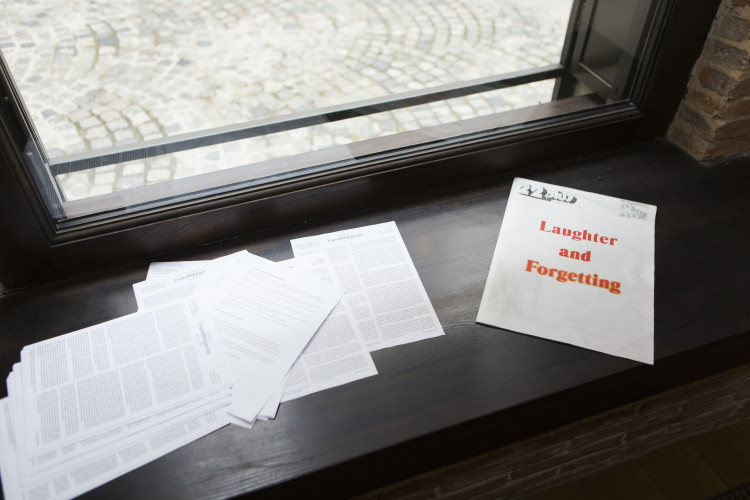
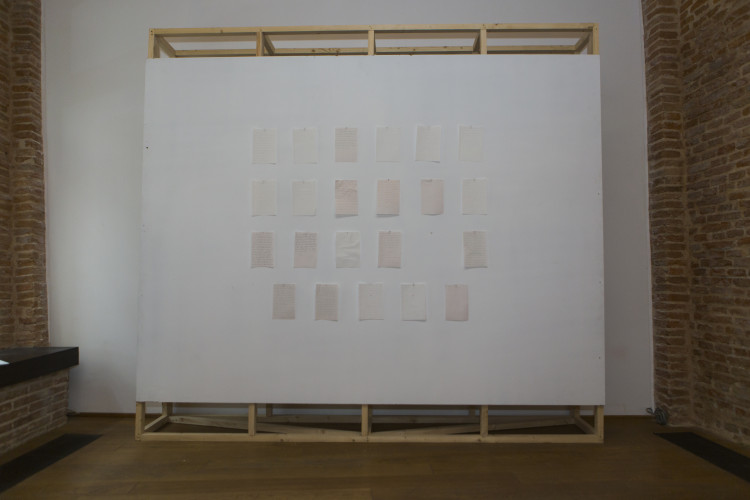
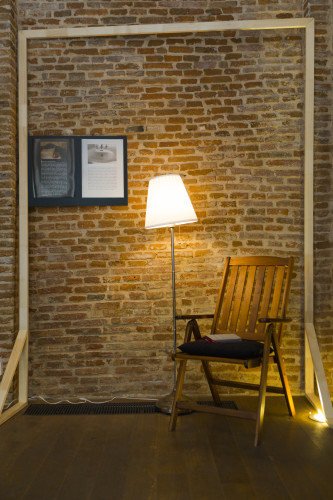
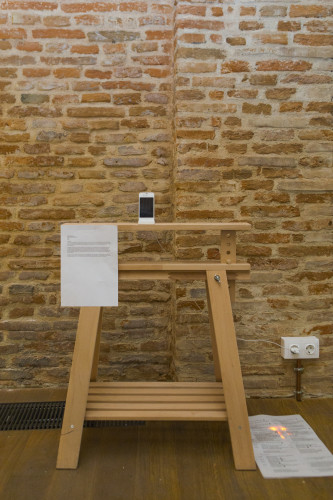
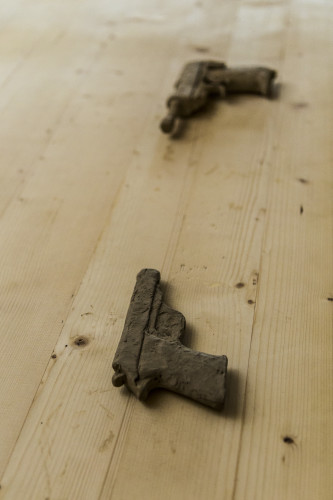
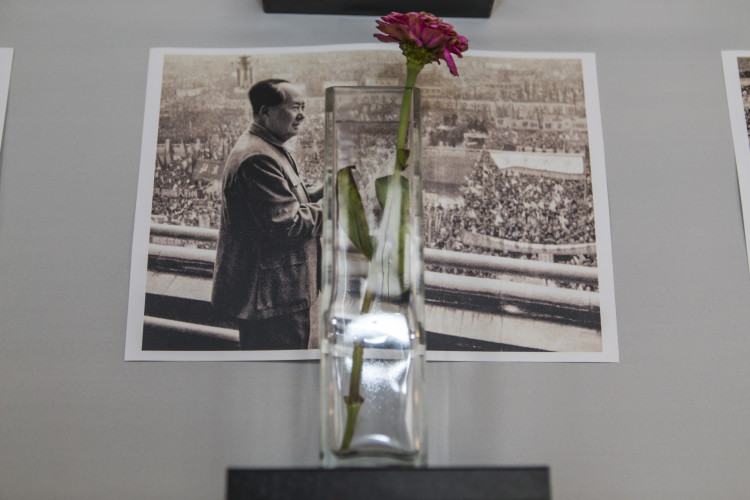
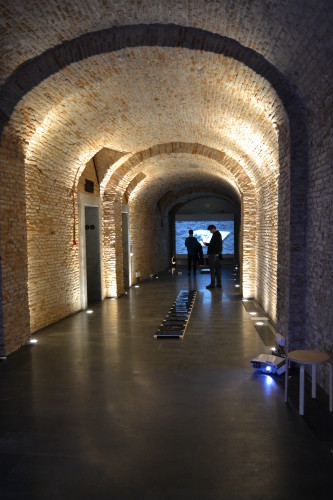

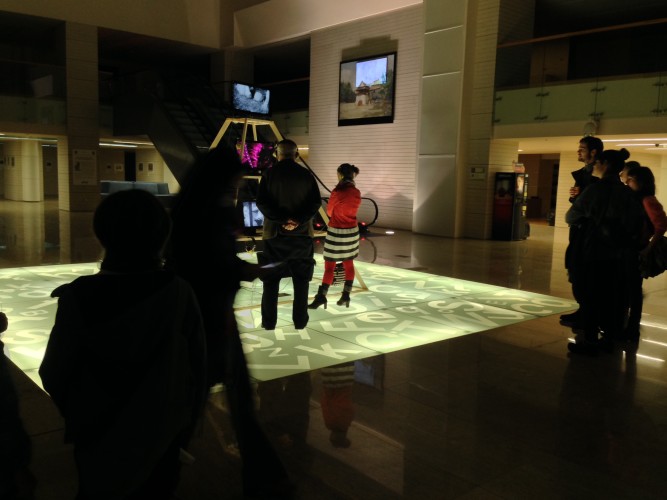
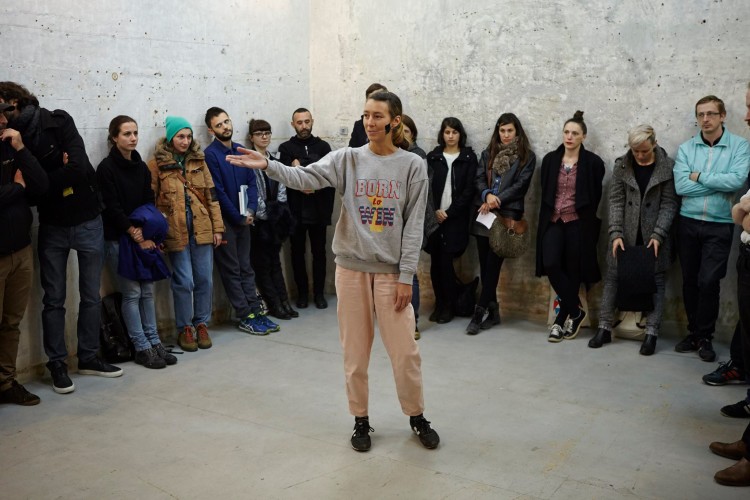
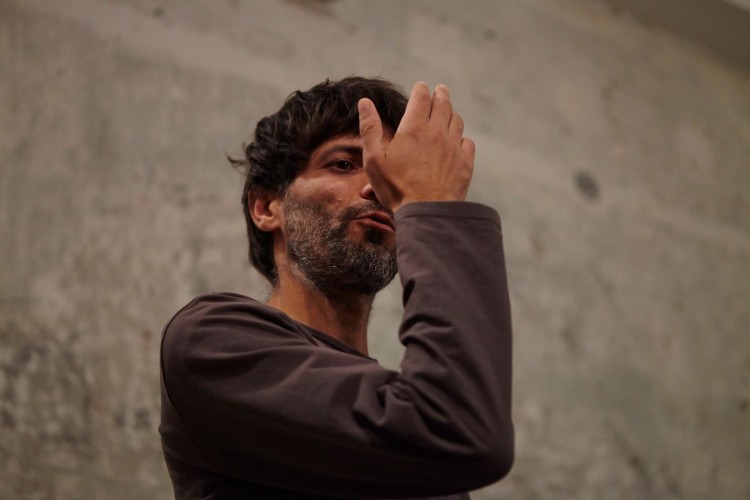
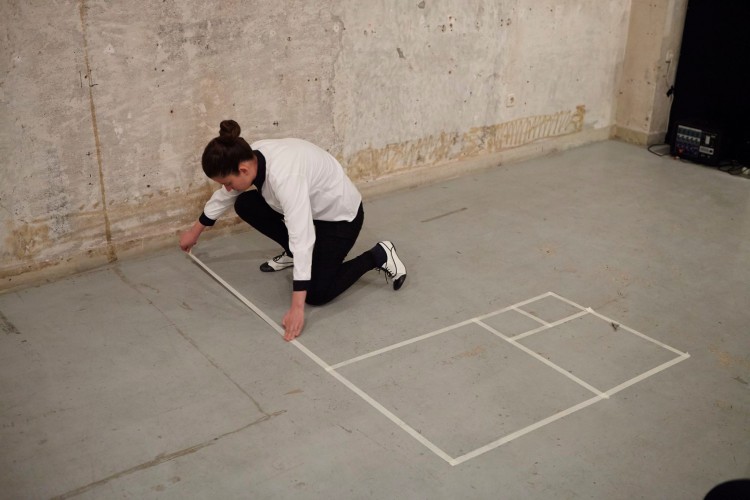
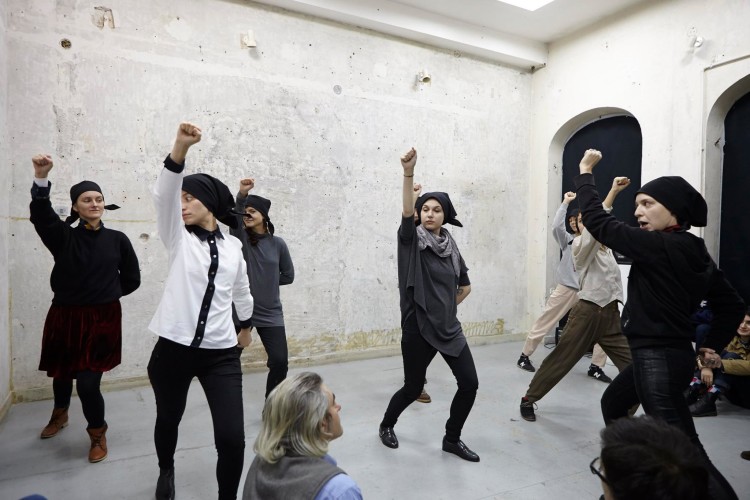
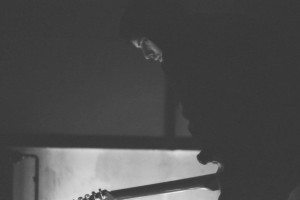
Comments are closed here.